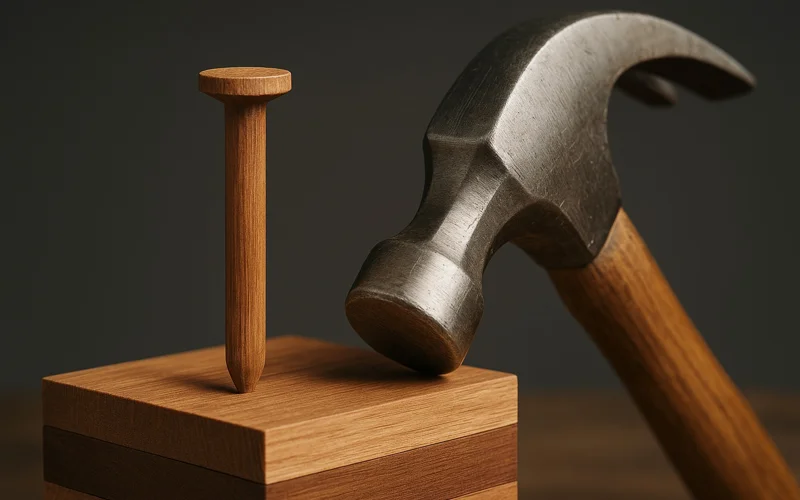Scientists create next-generation “superwood”
Researchers at the University of Maryland first demonstrated that ordinary wood can be transformed into a high-performance structural material stronger than steel. The results of their breakthrough study were published in Nature in 2018, Kazinform News Agency reports.

In 2025, scientists in China advanced the concept further, creating a self-densified version of “superwood” that no longer requires hot pressing.
In the original experiment, the Maryland team used a two-step process: they partially removed lignin and hemicellulose from natural wood by boiling it in a sodium hydroxide and sodium sulfite solution, then hot-pressed the material. This caused the cell walls to collapse completely, forming a dense network of aligned cellulose nanofibrils. The treatment increased the strength, hardness, and toughness of the wood more than tenfold. The new structure also showed high resistance to moisture and deformation, making it suitable for construction, mechanical engineering, and even protective armor.
“Our processed wood has a specific strength higher than that of most structural metals and alloys, making it a low-cost, high-performance, lightweight alternative,” the 2018 Nature study noted.
According to the experiment data, the processed wood’s specific strength exceeded that of most structural steels and aluminum alloys, while remaining lightweight and environmentally friendly. The method proved to be universal, working equally well with oak, pine, poplar, and cedar.
In 2025, a team of Chinese scientists led by Dafang Huang and Yanfeng Chen took the idea of “superwood” to a new level. They discovered a way for wood to densify itself naturally, without any external pressure or high-temperature treatment. Their study, published in the Journal of Bioresources and Bioproducts, shows that ordinary wood can become stronger than many metals through a carefully controlled chemical process.
The researchers first partially removed lignin, the natural binder that holds wood fibers together, and then placed the material into a special LiCl/DMAc solution that allowed the fibers to swell and rearrange. When the treated wood was left to dry in the air, the remaining moisture slowly evaporated, and hydrogen bonds began to pull the cellulose fibers closer together. This natural self-tightening caused the wood to shrink evenly across its width while keeping its length, making it nearly three times denser than before.
The result was a material that looks like ordinary wood but behaves like a high-tech composite. The new self-densified wood reached a tensile strength of 496 megapascals, a flexural strength of 392 megapascals, and an impact toughness of 75 kilojoules per square meter, which is about six times stronger than untreated wood and comparable to some aluminum alloys. Unlike earlier compressed versions that were strong in only one direction, this new material shows even strength from every angle and solves the long-standing problem of anisotropy.
By removing the need for heavy machinery and high energy input, the self-densification method makes production more sustainable and scalable. In one striking demonstration, the researchers shaped the material into a wooden nail that easily pierced several layers of wood without pre-drilling. It performed as well as a steel nail but caused less damage to the surface.
Scientists say this new generation of “superwood” could change how we think about natural materials. It combines the lightness and renewability of wood with the durability of metals, opening the door to a future where buildings, vehicles, and machines can be made from sustainably grown high-performance wood.
Earlier, Chinese geochemists linked rapid Arctic warming to large methane releases caused by shifts in ocean chemistry during past climate events. Studies show that even small changes in seawater sulphate levels can affect how methane breaks down, turning oceans from carbon sinks into carbon sources. This process is becoming increasingly relevant as Arctic temperatures continue to rise.
